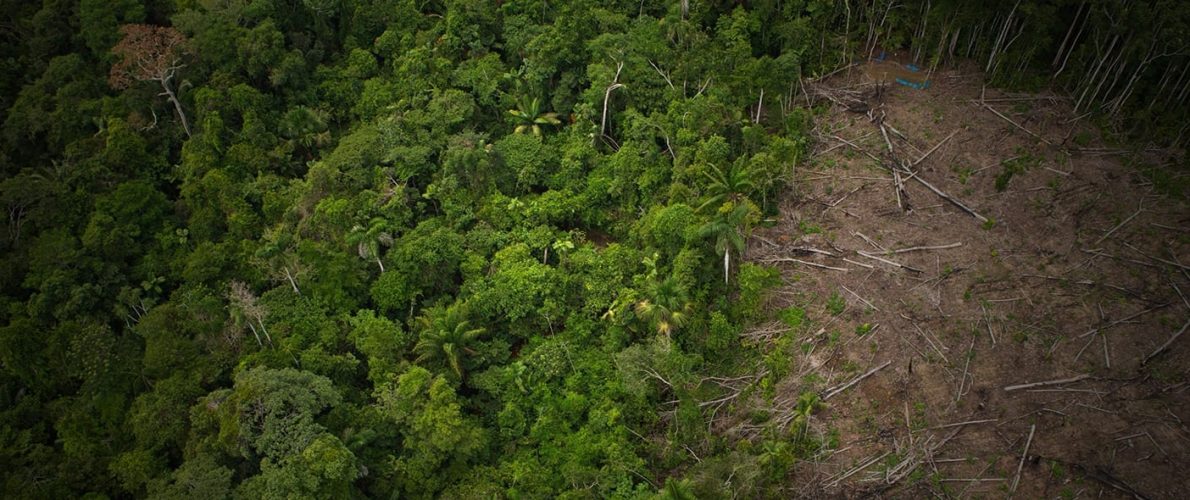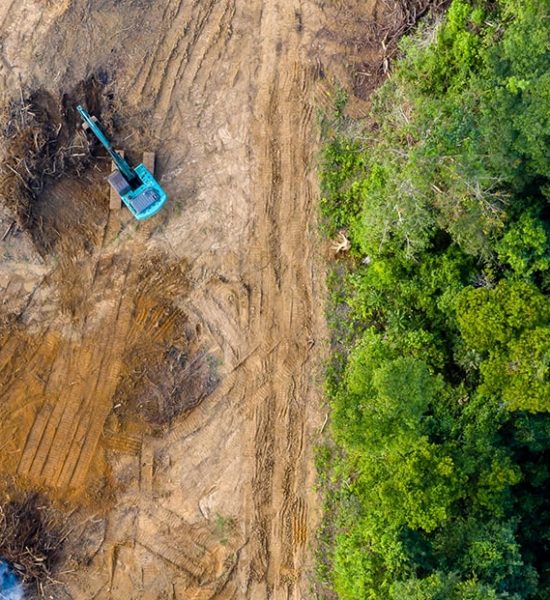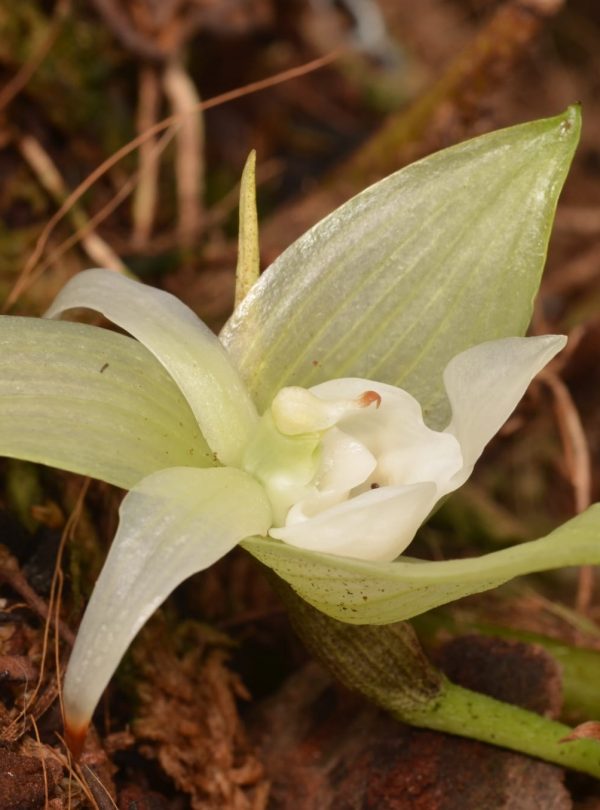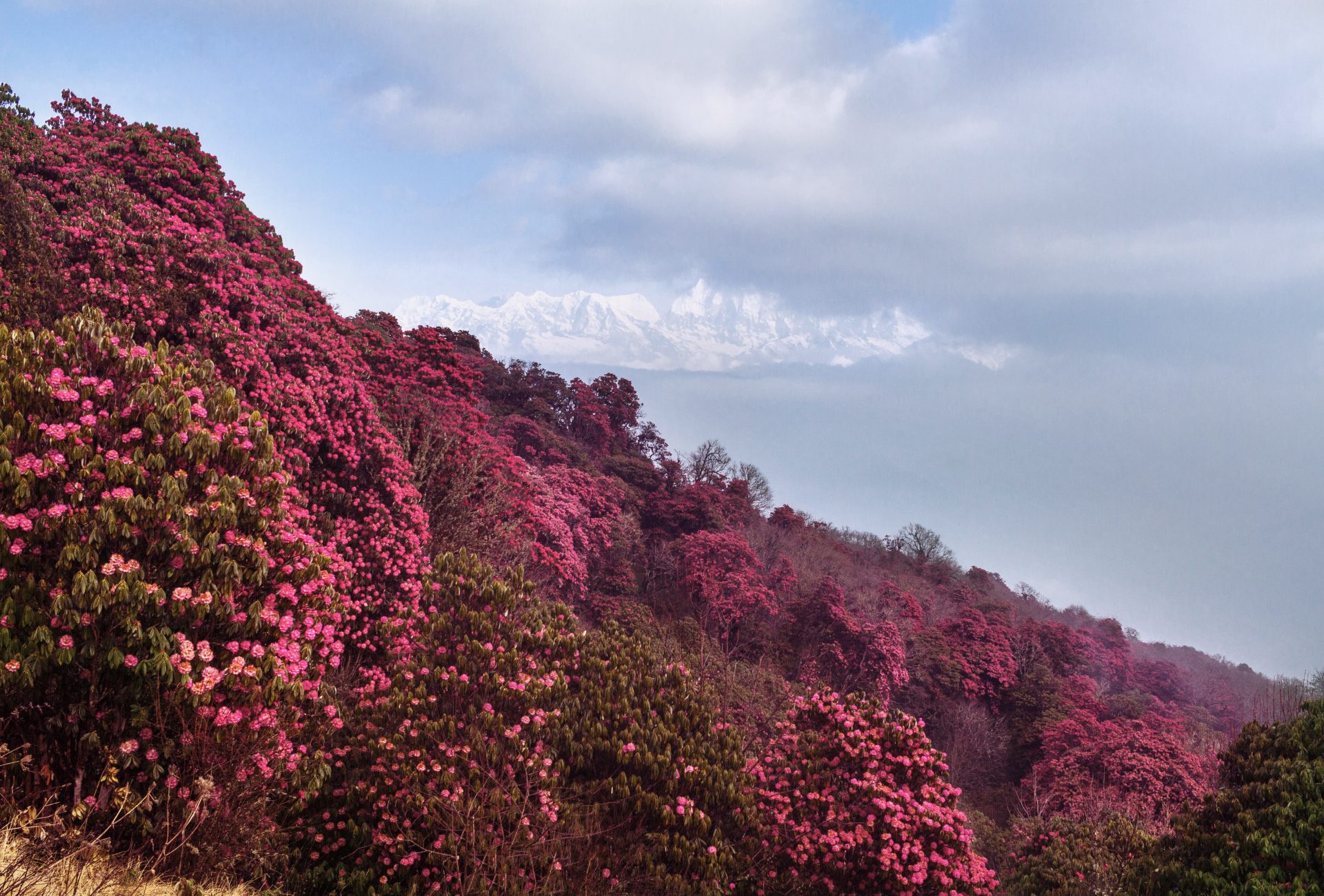
Critical Protection for Nepal’s Rhododendron Forests
Support More Work Like ThisSupport More Work Like ThisWe saved unique biodiversity in the Himalayas of Nepal.
-
Species at Risk
7 species
-
Carbon stored
13,000 mT*
*(metric tons of CO2 equivalents) -
Partner
KTK-BELT
-
153 Proposed Acres Conserved by
Purchase
-
Project Cost: $124,693
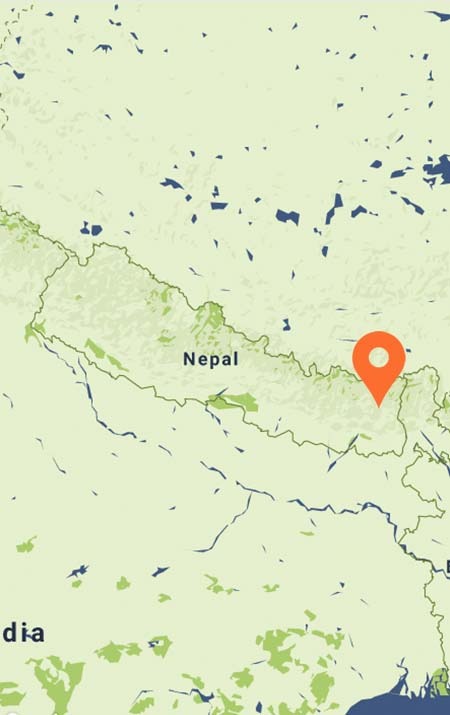
153
We saved unique biodiversity in the Himalayas of Nepal.
-
Species at Risk
7 species
-
Carbon stored
13,000 mT*
*(metric tons of CO2 equivalents) -
Partner
KTK-BELT
-
153 Proposed Acres Conserved by
Purchase
-
Project Cost: £91,741

153
Strategic Purchase Protects and Connects Biodiversity in Nepal
Known as the “Rhododendron Capital of the Himalayas,” Nepal’s Tinjure-Milkhe-Jaljale Forest complex contains 28 out of 32 species of rhododendrons found within the country.
The rhododendron forests in the highlands of Eastern Nepal are home to a wealth of endangered species. These land purchases connect larger forest habitats that Endangered Red Pandas and Himalayan Musk Deer need to survive.
Rare medicinal plants
There is an especially high degree of plant endemism here, including medicinal and aromatic plants. The Nepalese government has prioritized these forests for further plant research because of the multitude of medicinal plant varieties found here, including the East Himalayan Yew, an Endangered wild plant from which the cancer medication Taxol is derived.
Watch the recording of Rainforest Trust’s Field Journal: Nepal—Conservation in a Vertical World
Did you know?
species of flowering plants are found here.
Explore Nepal

Red Panda, photo by Mathias Appel
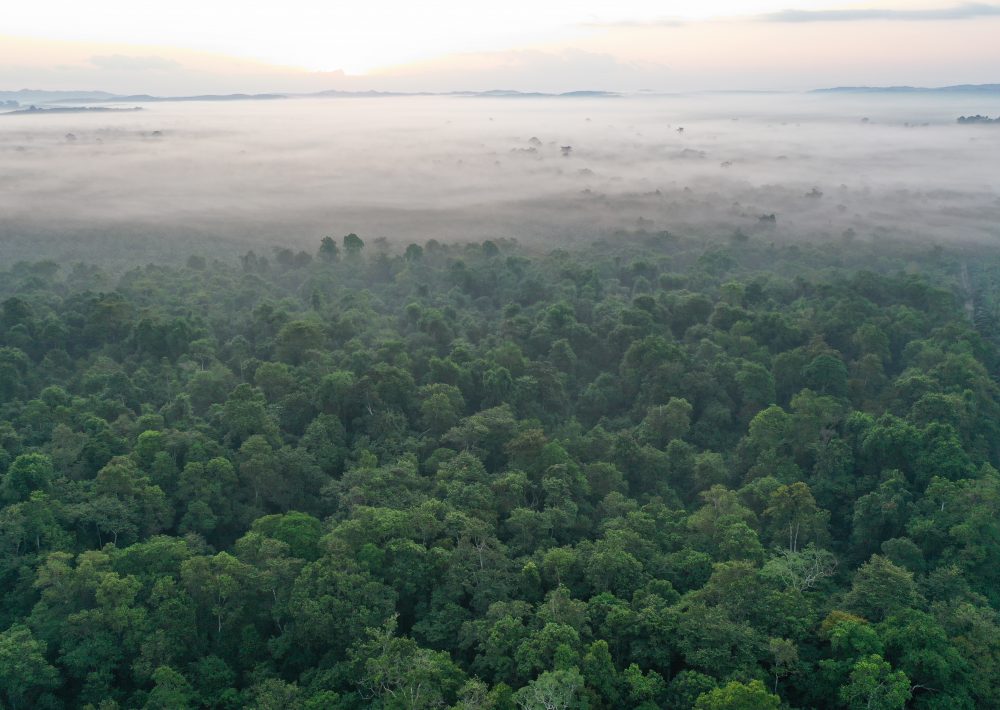
Rainforest by Rainforest Trust.
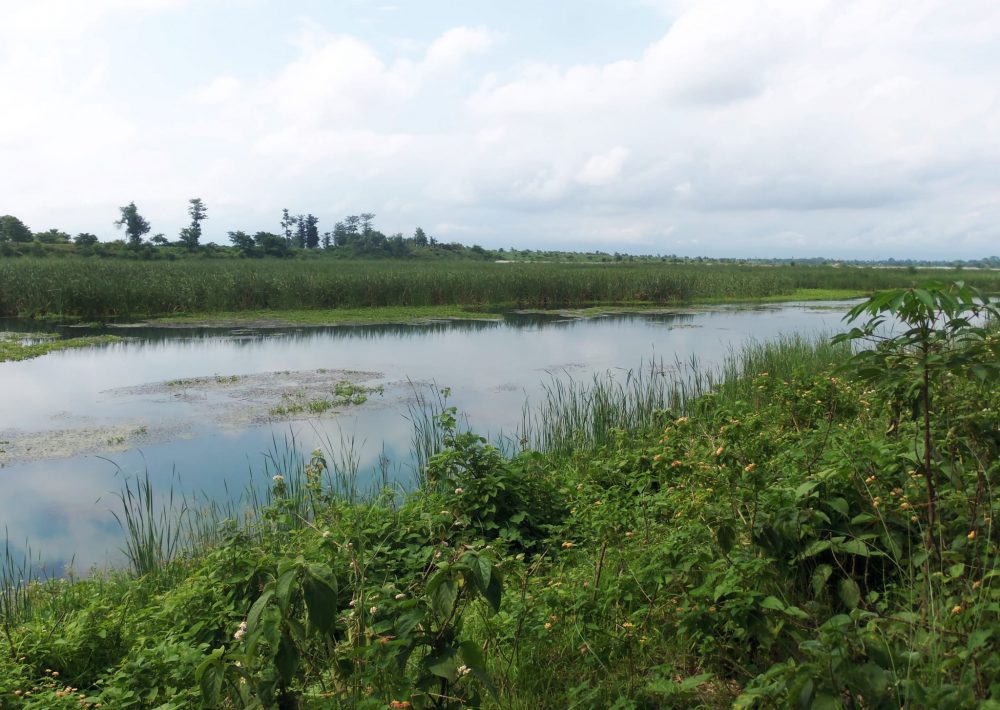
Dozer Terror
Haphazard road construction is known in Eastern Nepal as “Dozer Terror.” Lack of clear boundaries has left this area’s forest and wetlands vulnerable to stone and gravel extraction as well as urban development.
Roads fragment habitat and allow poachers easy access to threatened species including the Critically Endangered Chinese Pangolin and the Endangered Alpine Musk Deer.
Plants in this fragile landscape are also susceptible to deforestation for firewood and cattle grazing.
Strategic Purchase Saves Wildlife
With our partner, KTK-BELT, Rainforest Trust has made a strategic purchase of 153 acres that directly links the existing forests, grasslands and wetlands, diverting road construction from highly sensitive regions.
Outreach with the families who live near the reserve is ongoing to ensure sustainable resource use, for agriculture and animal husbandry. Signs explaining the conservation values have been posted.
Forest rangers will be hired from the local communities to patrol for poachers.
